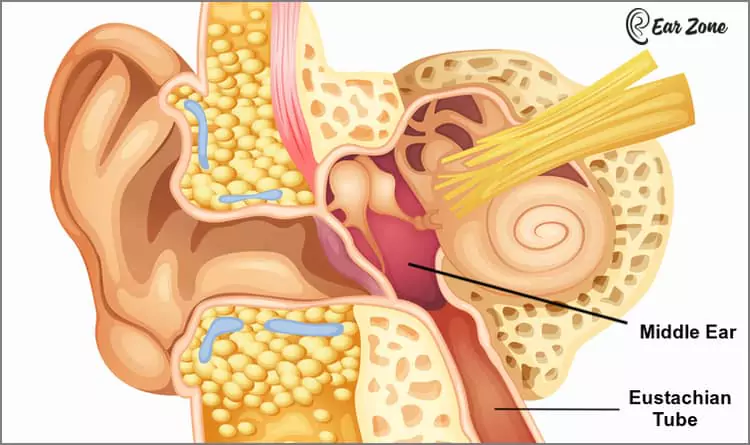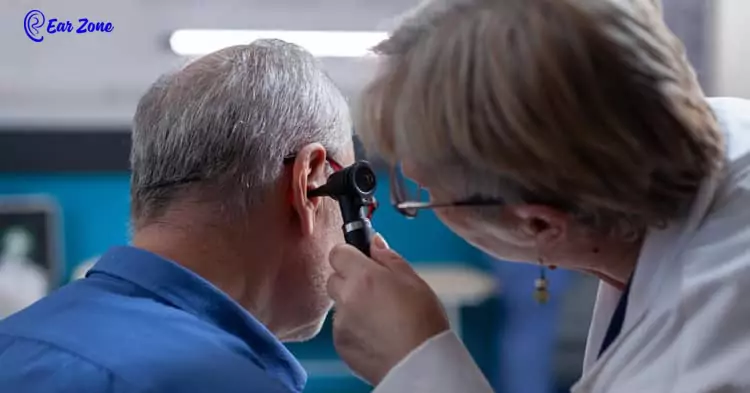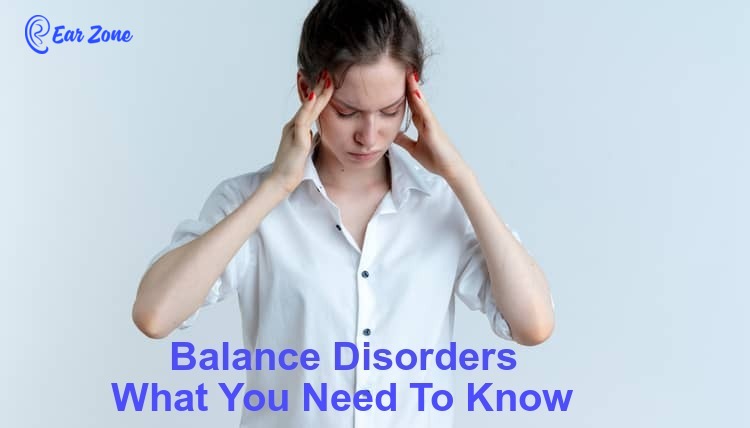Glue ear, also known as otitis media with effusion, is a common condition that mostly affects children and occasionally affects adults. Glue ear, sometimes called sticky ear occurs when fluid builds up behind the eardrum or in the middle ear. This can lead to hearing loss, earaches, and other balance problems. In this article, we discuss glue ear symptoms and treatment options. We will also suggest tips on how to prevent and manage this condition if you or your child has it.
What is Glue Ear?
Glue ear is a condition in which the middle ear or the space behind the eardrum is filled with a thick sticky fluid. The space behind the eardrum, or middle ear is typically filled with air.
Your Eustachian tube connects the middle ear to the throat; one of the functions of the Eustachian tube is to prevent the accumulation of fluids in the middle ear by draining it.
If there is a swelling or blockage in the Eustachian tube, the mucous does not drain and collects in the middle ear; after some time, it becomes thick, sticky, and gluey. This condition is called glue ear or sticky ear, and its medical name is otitis media with effusion (OME).
How Common Is Glue Ear?
Glue ear is more prevalent in children. According to the National Deaf Children’s Society1, 20% of preschool children experience glue ear at any given time. In addition, 80% of children will have at least one occurrence of glue ear before the age of 10 years. Comparatively, the incidence of glue ear in adults is only 5%.
What are the Causes of Glue Ear?
Blockage in the Eustachian tube is one of the most common causes of glue ear; fluid accumulates in the middle ear if it is not drained. This could be due to swelling in the Eustachian tube caused by the common cold and allergies.

Glue ear in children is frequent after an ear infection. The fluid collects during the infection, becomes thick and sticky, and does not drain easily, even after the infection has been cured.
Children are more prone to sticky ear as they frequently suffer from ear infections. For more information read our article on 9 Symptoms of ear infection in babies.
- One of the reasons for blocked Eustachian tubes in children is that their tubes are narrow and do not angle downwards, so fluid does not drain easily.
- Large adenoids are also one of the causes of sticky ear.
- Children with cleft palate have narrow Eustachian tubes and are more prone to glue ear.
The chances of glue ear in children increase if they are:
- Being bottle fed
- Exposed to poor air quality
- Exposed to smokers
- Pick up germs while playing with other children in daycare centers
What are the Symptoms of Glue Ear?
Typical glue ear symptoms in children are as follows:
- Difficulty in hearing: This is a common symptom of glue ear in both children and adults. Parents should be observant if the child does not respond to soft sounds or increases the TV volume. Because the middle ear is filled with thick fluid, it hampers the movement of small bones, which helps us to hear.
- If the child is unsteady or has balance problems. Because the inner ear is responsible for balance, glue ear can affect the function of the inner ear.
- The child is irritated. This could be due to mild earache or an increase in pressure caused by clogged ears. Read more about clogged ears and how to unclog them.
What are the Symptoms of Glue Ear in Adults?
The glue ear symptoms in adults are similar to those in children; however, adults feel tired because of discomfort.
- Hearing loss is the most common indicator of glue ears in adults, along with the following indicators.
- Earaches
- Buzzing or ringing in the ears, also known as tinnitus
- Ear popping sensation
- Ear discharge.
How is Glue Ear Diagnosed?
Diagnosing glue ear is a simple, non-invasive process, and your doctor will use a handheld instrument known as an otoscope. The otoscope has a magnifying glass and light so that the doctor can see the eardrum.

Doctors may notice symptoms of glue ear such as a retracted eardrum (the eardrum is pulled inward), or the eardrum is cloudy with bubbles or fluid visible behind the eardrum. The doctor may also recommend a tympanometry test to measure the movement of the eardrum.
How Do You Get Rid of Glue Ear in Children?
In most cases, glue ear will go away on its own. If you do not notice improvement within three months, it is time to visit your doctor.
Your doctor may prescribe antibiotics to treat bacterial infections. Decongestants such as Pseudoephedrine or antihistamines such as Phenergan are generally prescribed if the glue ear is due to allergies.2
What Are Other Treatments for Glue Ear?
If the sticky ear does not go away on its own, or the medicines are ineffective, and the delay affects your child’s hearing and speech, you can discuss other lines of treatment with your doctor.
• Ear Grommet
If the fluid does not drain, the doctor can advise ear grommets or Myringotomy. Tiny ear tubes known as grommets are inserted into the eardrum, these tubes help to drain the sticky fluid and equalize the pressure giving immediate relief.3
The ear grommets fall off on their own in about twelve months and the hole closes by itself.
• Adenoidectomy
Adenoids are small lumps of tissue located behind your nose in the upper airway. Enlarged adenoids cause breathing issues and ear infections leading to sticky ear. Your doctor may advise Adenoidectomy or surgical removal of the enlarged adenoids.
• Autoinflation
Autoinflation is a process in which the Eustachian tube is opened by forcing air into it. It can be done by using a nasal balloon or by exhaling air while keeping the mouth and nostrils closed.
Caution: Autoinflation is not recommended for children under three years of age.
Treatment For Glue Ear in Adults
The incidence of glue ear in adults is approximately 5% compared to 80% in children. The treatment for glue ear in adults is similar to the treatments mentioned above.
Can Glue Ear Cause Permanent Damage?
Glue ear should not be ignored; visit your doctor if it does not cure on its own within three months. This can sometimes damage the eardrum and surgery may be required to repair the eardrum.
Since sticky ear causes temporary hearing loss, neglect can delay the child’s speech and language development.
Glue Ear Exercises
Several exercises can be performed at home to provide relief from sticky ear.
- Valsalva Maneuver: Pinch your nostrils and keep your mouth closed. Forcibly blow air out through your nostrils. This will put pressure on the Eustachian tubes, and your ear may pop.
- Swallowing and pinching your nose while blowing: Pinch your nose and blow while swallowing. This combination of movements can help open the eustachian tube and allow air to enter the middle ear.
Caution: Do not blow too hard. This technique is not advisable if the eardrum is operated on or ruptured.
- Yawning: Yawning naturally opens the Eustachian tubes. Yawning throughout the day may be helpful.
- Chewing gum: Chewing gum can stimulate swallowing, which can open the Eustachian tubes.
- Steam inhalation: Inhaling steam loosens the mucus and opens the Eustachian tubes.
How To Prevent Glue Ear?
- Passive smoke is a major cause of glue ear in children. Keep them away from smokers.
- Identify and treat allergies as they are a major cause of ear infections that lead to glue ear.
- If your child is bottle-fed, ensure that the child is fed in an upright position.
- Do not encourage the use of pacifiers (dummies) beyond the age of ten months.
- Avoid your child’s contact with people suffering from colds and coughs.
- Parents and children should wash their hands frequently and practice good hygiene.
Glue ear can disrupt your daily life, make your child irritable, and affect their communication skills. Now that you know about the causes and symptoms of glue ear, try out the treatments suggested and the helpful exercises. Do not hesitate to seek professional help if needed.




